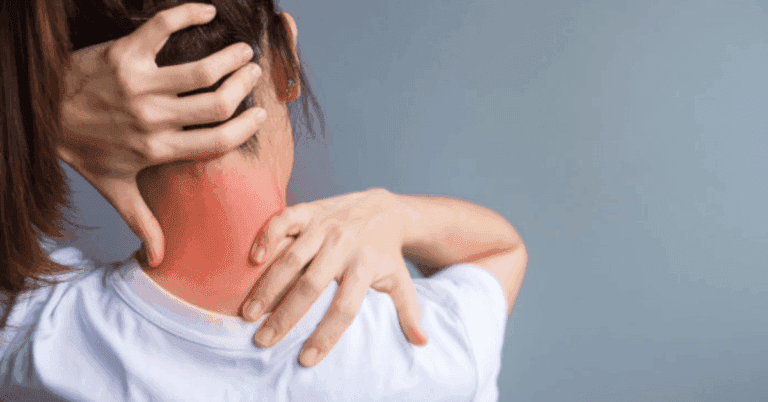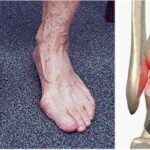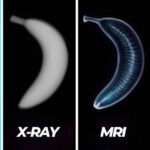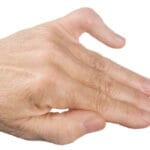Introduction
Neck sprains, also known as cervical sprains, occur when the ligaments in the neck are stretched or torn. These injuries are common and can result from various activities or accidents. This article will explore the causes, symptoms, diagnosis, and treatment options for neck sprains to help you better understand and manage this condition.
Causes of Neck Sprains
Neck sprains are typically caused by sudden movements that overstretch the neck’s ligaments. Common causes include:
- Car Accidents: Whiplash from car collisions often leads to neck sprains.
- Sports Injuries: Contact sports and activities with a high risk of falls can cause neck injuries.
- Falls: Slips and falls can result in sudden neck movements, leading to sprains.
- Poor Posture: Long periods of poor posture can strain neck ligaments over time.
Symptoms of Neck Sprains
Recognizing the symptoms of a neck sprain is crucial for timely treatment. Common symptoms include:
- Pain and Stiffness: Pain that worsens with movement and stiffness in the neck.
- Headaches: Tension headaches originating from the neck area.
- Muscle Spasms: Sudden, involuntary contractions of neck muscles.
- Decreased Range of Motion: Difficulty moving the neck due to pain and stiffness.
Diagnosis of Neck Sprains
A thorough diagnosis is essential for effective treatment. Medical professionals typically:
- Conduct a Physical Examination: Assessing pain, range of motion, and tenderness.
- Review Medical History: Understanding any previous neck injuries or conditions.
- Order Imaging Tests: X-rays, MRIs, or CT scans to rule out other injuries.
Treatment Options for Neck Sprains
Treatment for neck sprains aims to relieve pain and restore function. Common treatments include:
- Rest and Immobilization: Limiting neck movement to allow healing.
- Medications: Pain relievers and anti-inflammatory drugs to manage symptoms.
- Physical Therapy: Exercises and stretches to improve strength and flexibility.
- Heat and Cold Therapy: Applying heat or cold packs to reduce pain and swelling.
Preventing Neck Sprains
Preventing neck sprains involves adopting healthy habits and safety measures:
- Practice Good Posture: Maintain a neutral spine position when sitting and standing.
- Use Proper Equipment: Wear seat belts and use appropriate sports gear.
- Strengthen Neck Muscles: Engage in exercises to build neck muscle strength.
- Be Mindful of Movements: Avoid sudden, jerky movements of the neck.
Conclusion
Neck sprains can be painful and limit daily activities, but with proper understanding and treatment, recovery is achievable. If you suspect a neck sprain, seek medical attention to receive an accurate diagnosis and appropriate care. Adopting preventive measures can also help reduce the risk of future neck injuries.





